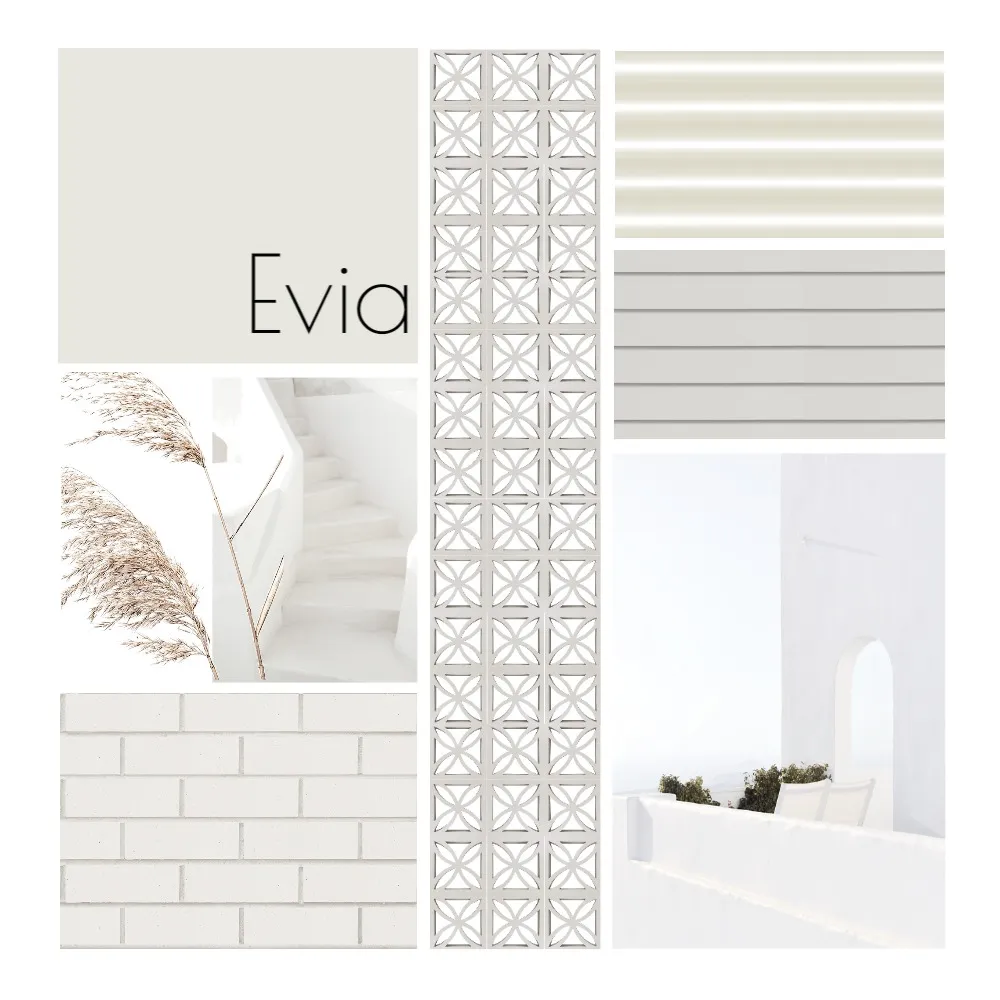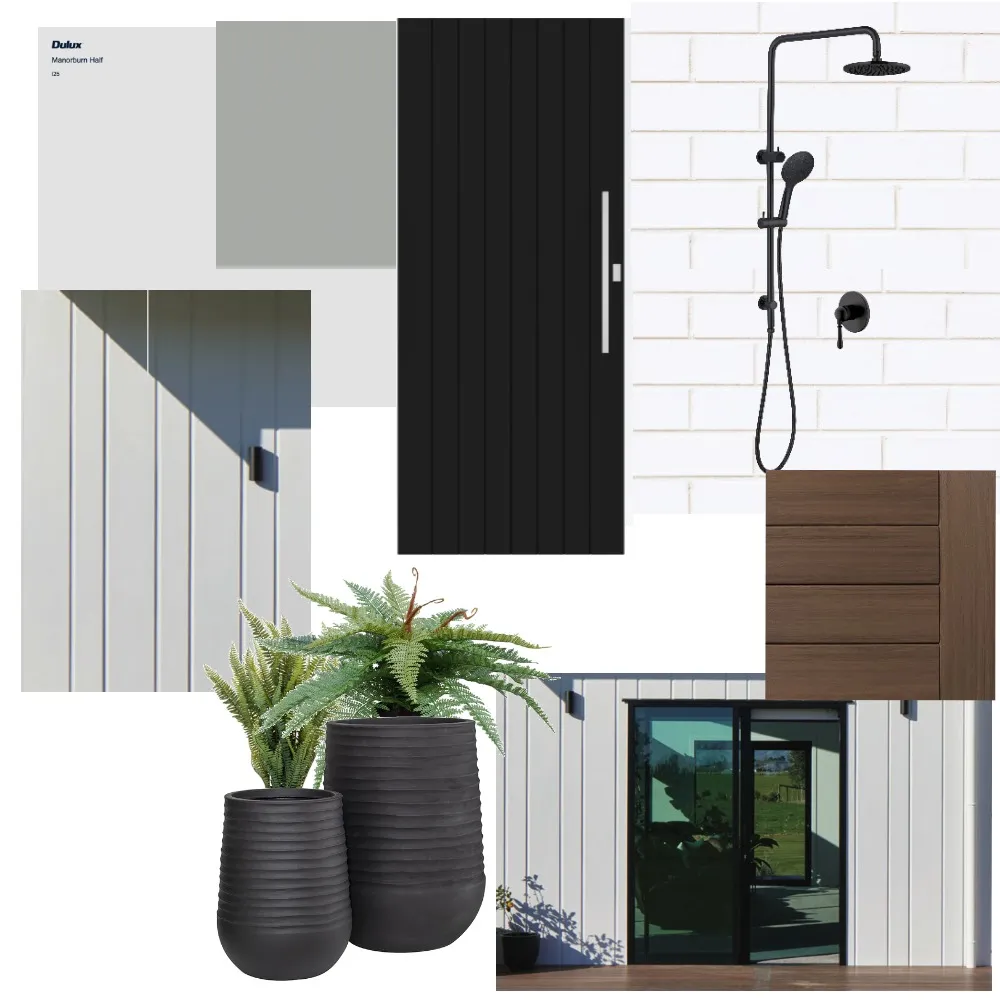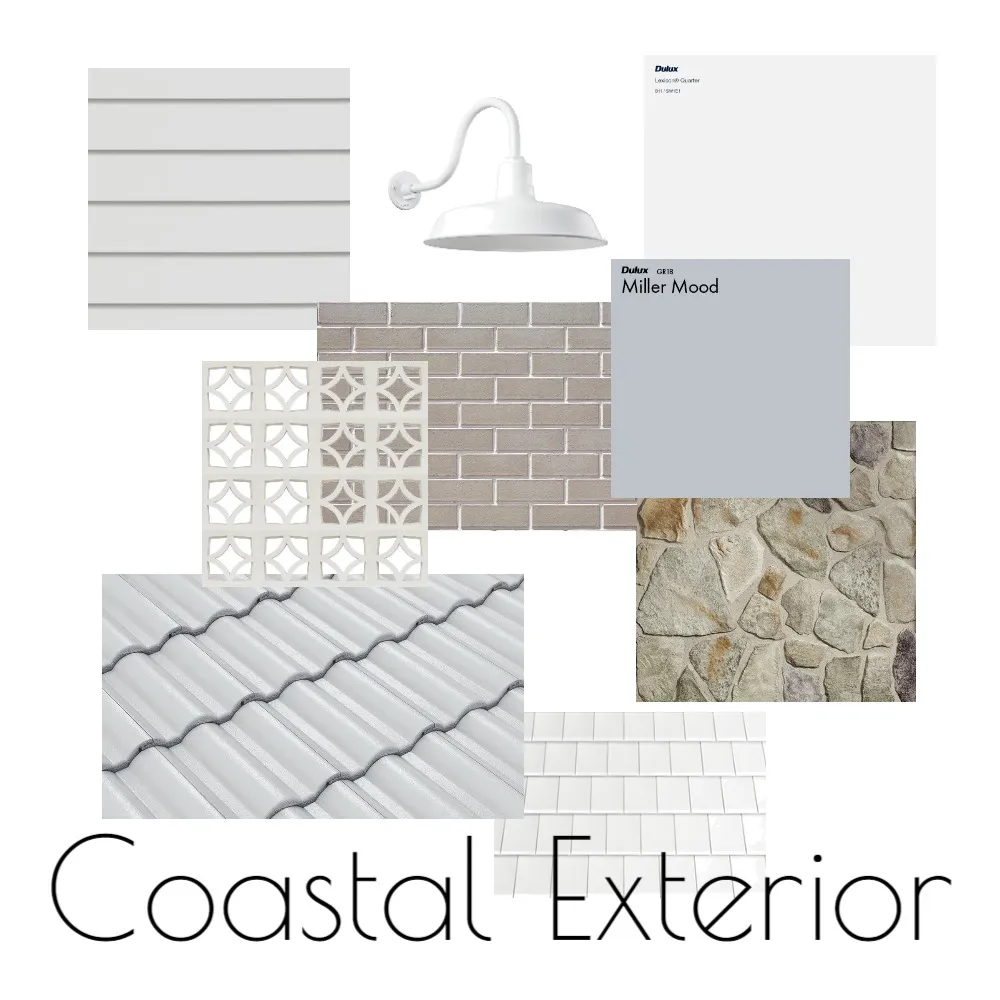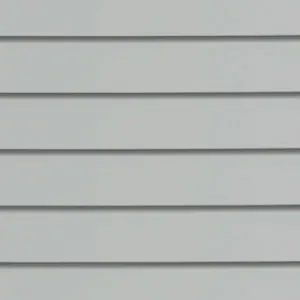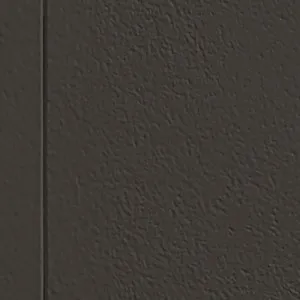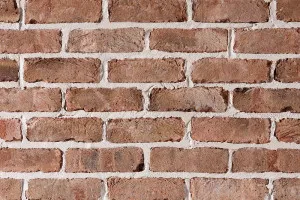Ideas
How To Create Your Dream Façade
Your home’s façade is the first impression you, and anyone who visits, has of your home. A gorgeous façade transforms the way we feel about our homes, giving us a sense of pride or warmth whenever we arrive home. Plus, if you’re looking to sell your home, then your façade plays a crucial role in getting the best first impressions.
So, how do you get that first impression right? There are a lot of styles, materials, colours, and so much more to consider. To help you get your foot in the door with creating a gorgeous façade, we have put together our top tips to create your dream façade.
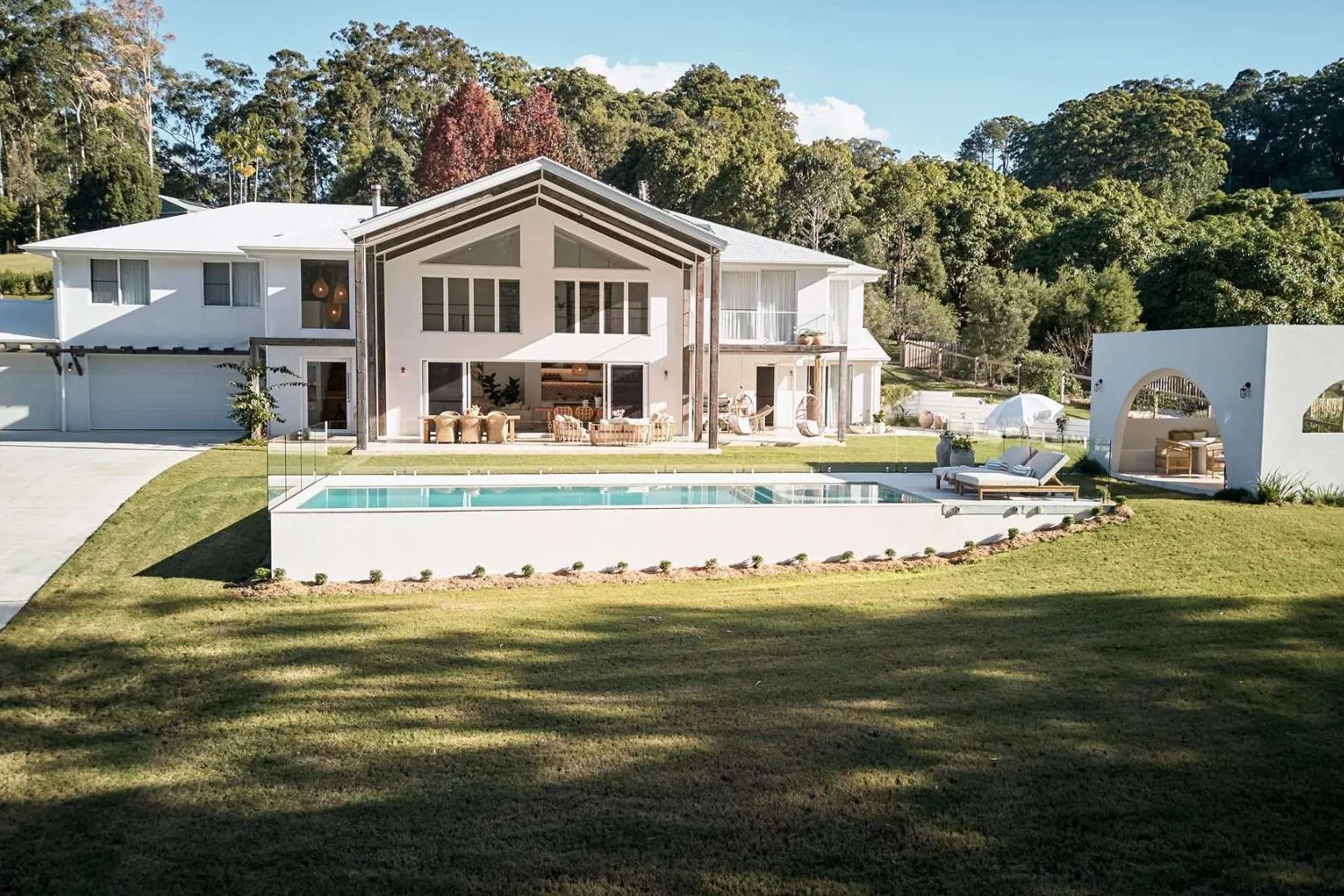 Image Credit: @bask.el_sol | Coast Park Creative
Image Credit: @bask.el_sol | Coast Park Creative
Check the Developer Guidelines
Before you decide on a design, theme, colours, or materials you should first consult the developer guidelines if you’re building on a newly developed estate. Developers tend to try to control the appearance of their estates. They will impose restrictions on the styles, colours, and materials you can use.
If you aren’t building in a new estate some restrictions may still apply. If you’re in a gated community, or in an area with a body corporate agreement, there will likely be some rules to follow. You will also need to check any local restrictions. Larger scale changes to your façade may require council permission.
 Image Credit: @mulberry_manor | Villa Styling
Image Credit: @mulberry_manor | Villa Styling
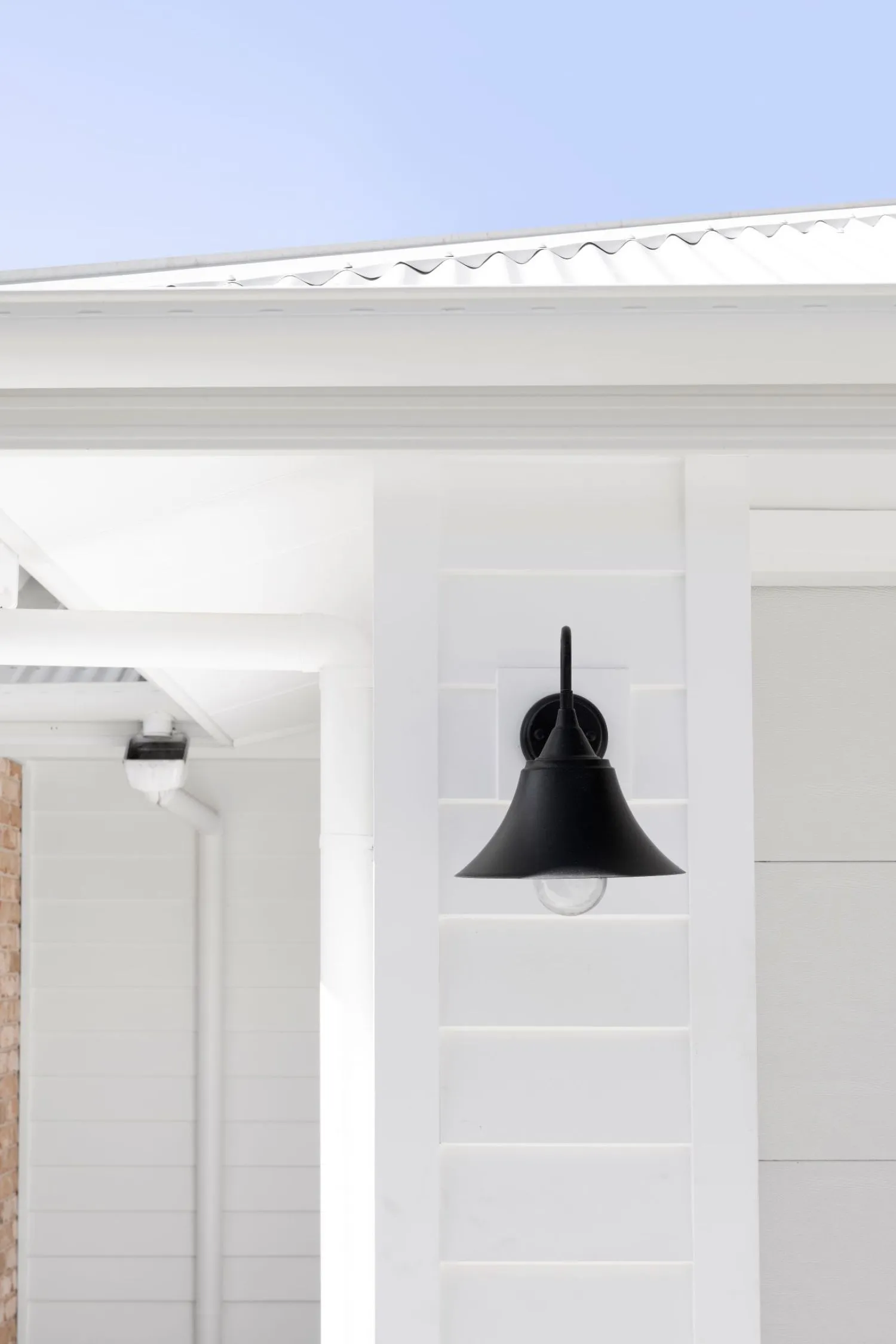 Image Credit: @mulberry_manor | Villa Styling
Image Credit: @mulberry_manor | Villa Styling
Think About the Location
Your location will have a big effect on the type of façade that’ll best suit your home. Some styles are better suited to coastal areas, others are more suitable for rural homes, while some fit perfectly into suburbia. It’s also crucial to consider the climate you live in. Some styles and materials are better suited to colder climates, or hotter climates.
As well as this, you don’t want to choose a style that clashes with the homes around it. Look at the houses around you. Take inspiration from the colours and materials they have chosen. You can use the colours of their window frames, roof tiles, or brick in your façade design to connect with the neighbourhood while remaining unique.
Consider your Interior Design
A key aspect of your home is its flow, from the outside to the inside. We have a helpful article on how to make your interior design flow, and many of the principles can be applied here too. The homes we all fawn over on Instagram and Pinterest have this incredible sense of flow between rooms. To achieve this, you need to design your home with a collective idea or theme in mind.
Your façade should reflect this collective theme. Continue to use your base and accent colours outside. Use similar materials both inside and outside. Stick to a similar style. If you choose a modern exterior but have a traditional interior, things could look a little funky.
Together, this will provide seamless consistency as you move through the home.
Explore our exterior product library for all your facade options.
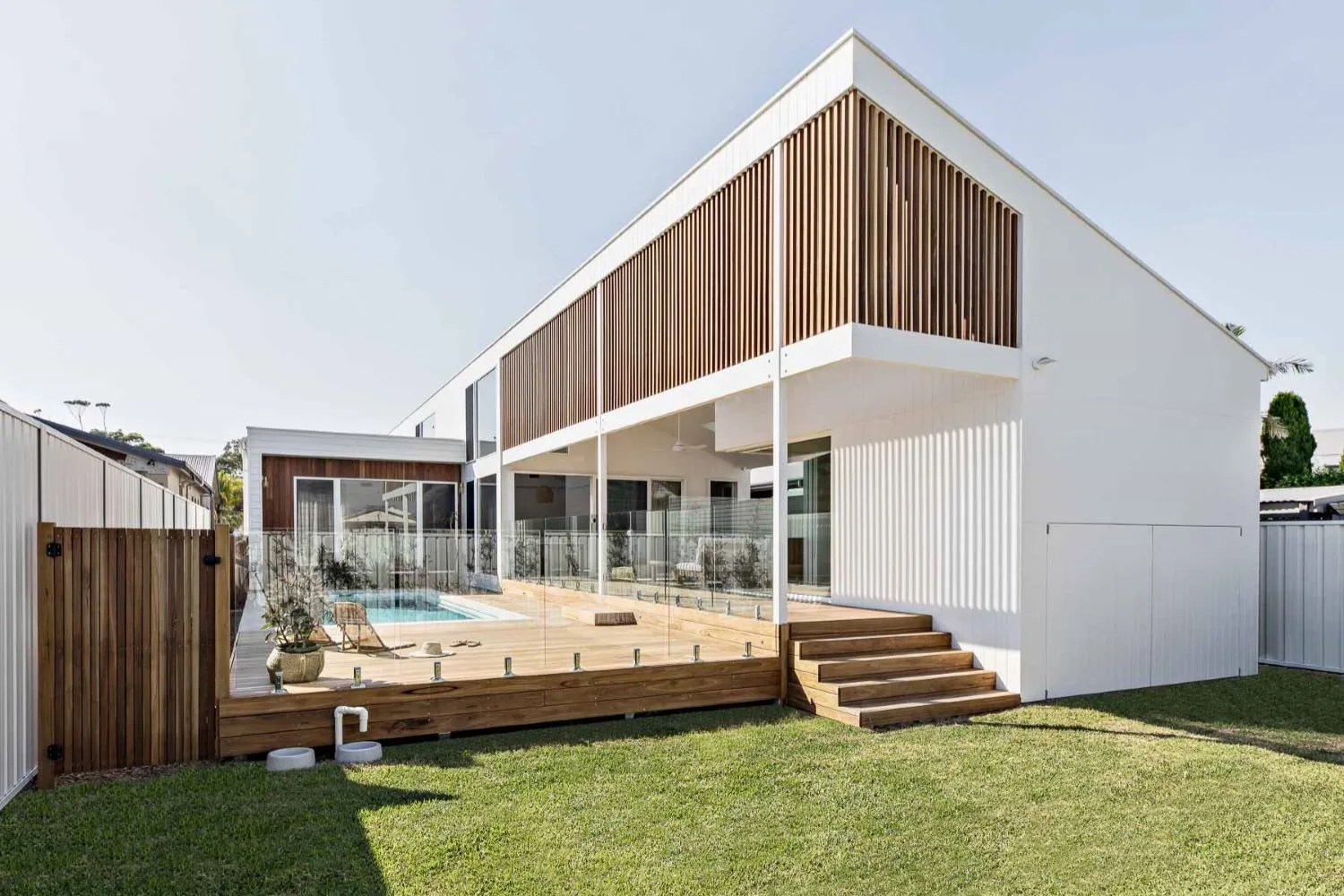 Image Credit: @orton.haus | Nat Spada
Image Credit: @orton.haus | Nat Spada
Use a Mixture of Materials
To give your façade interest, depth, and dimension it’s best to use a mixture of colours and materials. This mixture allows you to shape and highlight aspects of your façade to create contrast. Try combining render, brick, cladding, or wood panelling to find a style that suits your vision.
When it comes to colours, you can try providing contrasting colours for each material. For example, darker wood panelling matches lighter brick. Or use dark cladding in your accent colour, with a lighter render in your neutral base.
 Image Credit: @carmichael.build | @kristian_van_der_beek
Image Credit: @carmichael.build | @kristian_van_der_beek
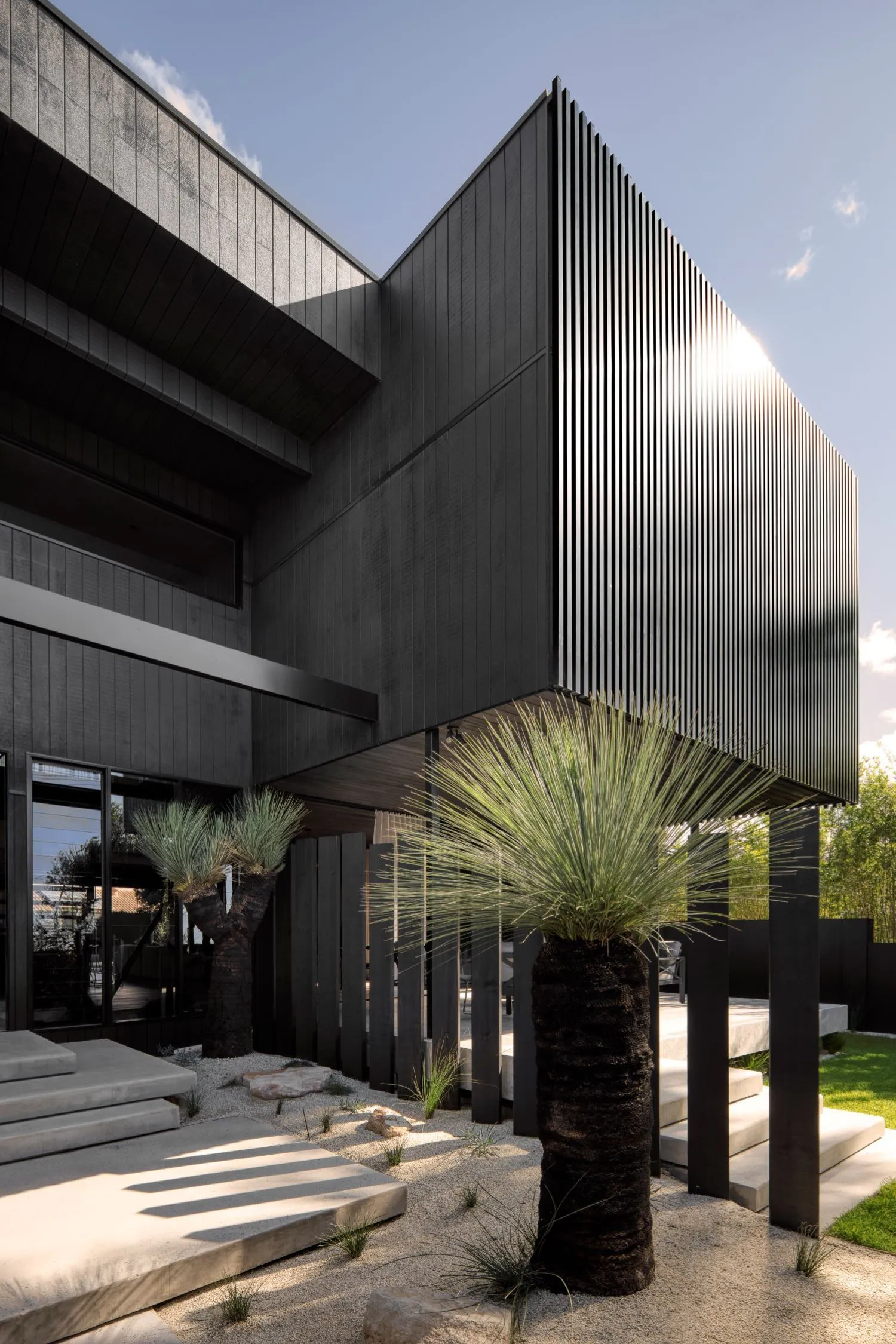 Image Credit: @carmichael.build | @kristian_van_der_beek
Image Credit: @carmichael.build | @kristian_van_der_beek
Consider Ongoing Maintenance
Different materials require different levels of care depending on the climate you live in. If you get a lot of sun, painted weatherboard facades will likely fade and need repainting every few years. You should consider the kind of maintenance you’re willing and capable of doing on your façade.
This also extends to your roof. Different materials are better suited to hot and cold climates. Darker roof colours can amplify the heat, whereas homes with lighter roof colours reflect heat, reducing costs. When it comes to materials, you may love a Colourbond roof, hearing rain pattering on it during a storm, or you may hate it. Choosing the right materials for your roof, whether Colourbond or tiles, is both about upkeep and what makes you the most comfortable.
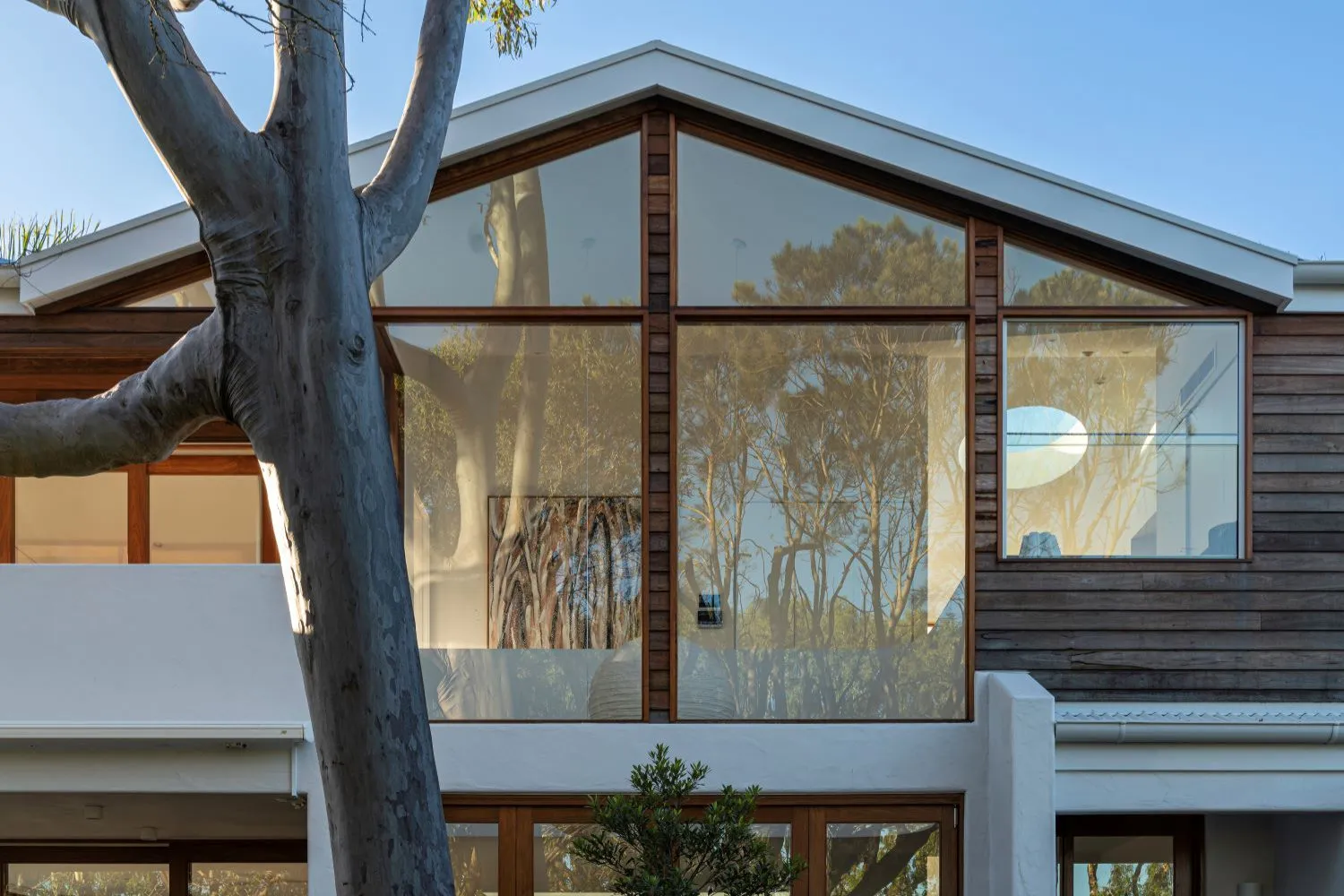 Image Credit: @thedesignory | Simon Hunter Photography
Image Credit: @thedesignory | Simon Hunter Photography
Façade Ideas
Once you have an idea of what you can do with your façade and the materials you prefer, it’s time to look at some styles. Different façade styles evoke different feelings. No choice is better than the other. It’s all about which style connects with you and makes you feel that bubbly “that’s the one” feeling. Here are some great places to start.
1. Hamptons
Based on the classic American holiday destination, Hamptons-style façades have a relaxed look, bringing the holidays home. This style is a reliable all-rounder, sitting comfortably in inner-city, beach, and rural locations.
All you need to get started is a subdued and soothing colour palette and a weatherboard finish. Colours like greys, pale taupe, and stark white highlights bring out the Hamptons feel. You can use weatherboard on its own or in conjunction with rendering to highlight the shape of the home. We love this Linea Weatherboard in Casper White Quarter from James Hardie.
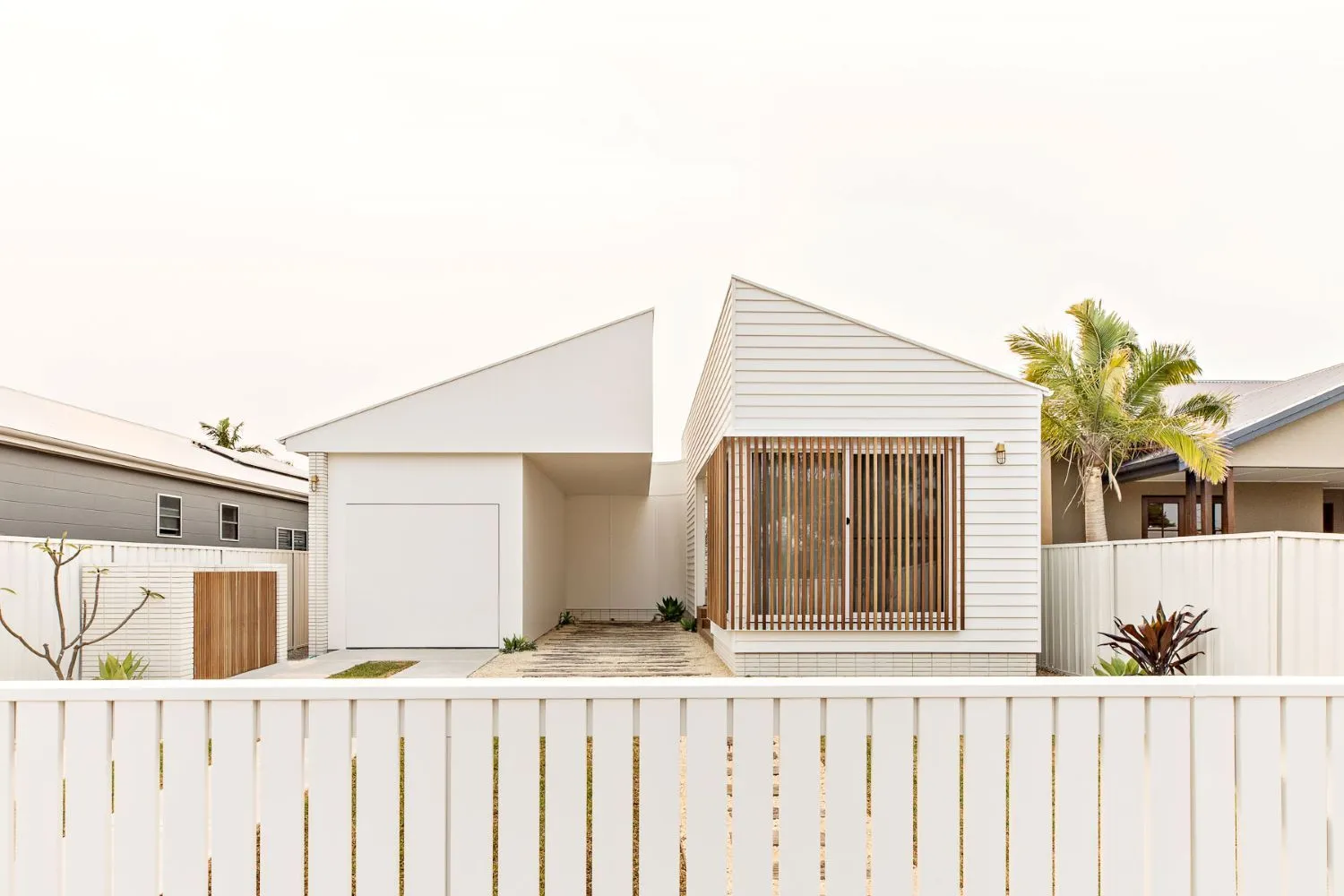 Image Credit: @orton.haus | The Palm Co
Image Credit: @orton.haus | The Palm Co
2. French Provincial
French provincial-styled façades emphasize sophistication and formality, providing a nod to classic French stylings. In Australia, we tend to mimic the southern French countryside when implementing this style. This allows it to fare better against the climate while retaining its sophisticated appearance.
Subdued colours like taupe, brown, soft grey, or charcoal are key to the French Provincial style. As well as smooth rendered surfaces and wrought iron gates. Try adding features like Juliet balconies on upper levels, large grand windows, and that classic French double door to channel this style.
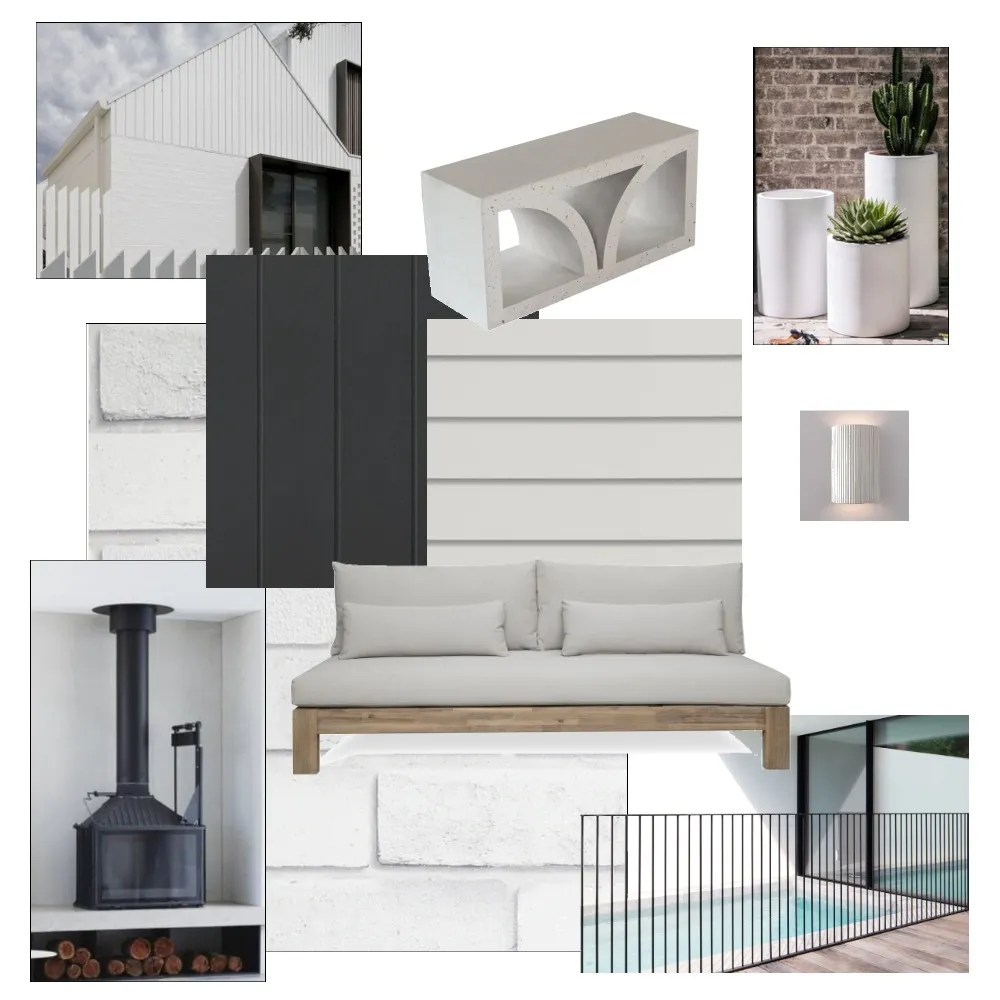 Mood board credit by bettina_brent, on Style Sourcebook, view mood board here.
Mood board credit by bettina_brent, on Style Sourcebook, view mood board here.
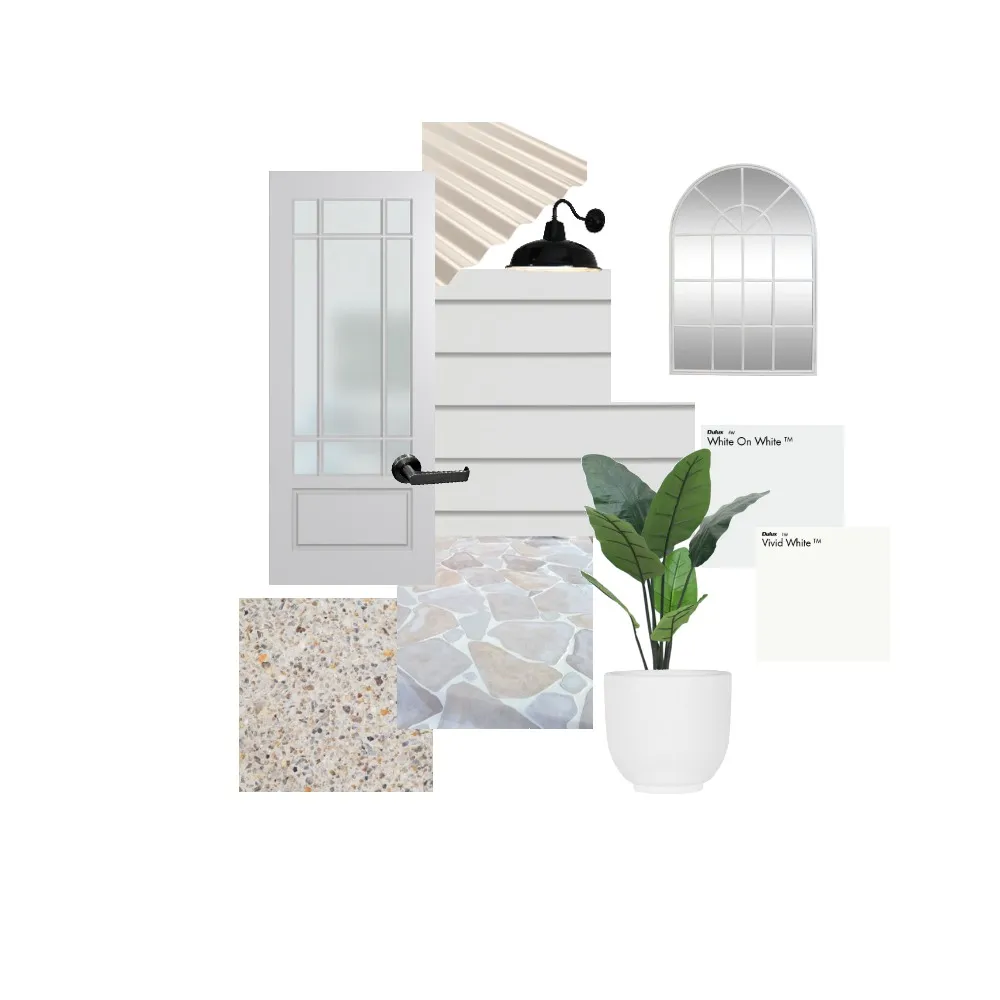 Mood board credit by DK Interiors, on Style Sourcebook, view mood board here.
Mood board credit by DK Interiors, on Style Sourcebook, view mood board here.
3. Contemporary
Contemporary façades tap into current trends to create something that feels very "now". This can look gorgeous in almost every neighbourhood, as long as your design connects with the homes around it. Many contemporary homes use the environment, or houses, around them, interacting with them in a way to create something unique and stunning.
This style features a clean look with little embellishments. Drama and excitement are created through the moody colour palette of grey, blacks and browns, combined with an interesting use of shape and form. Use sharp angles and clean trims to create interesting shadows throughout the day. Check out the Axon Cladding 133 in Grained Dark Metal.
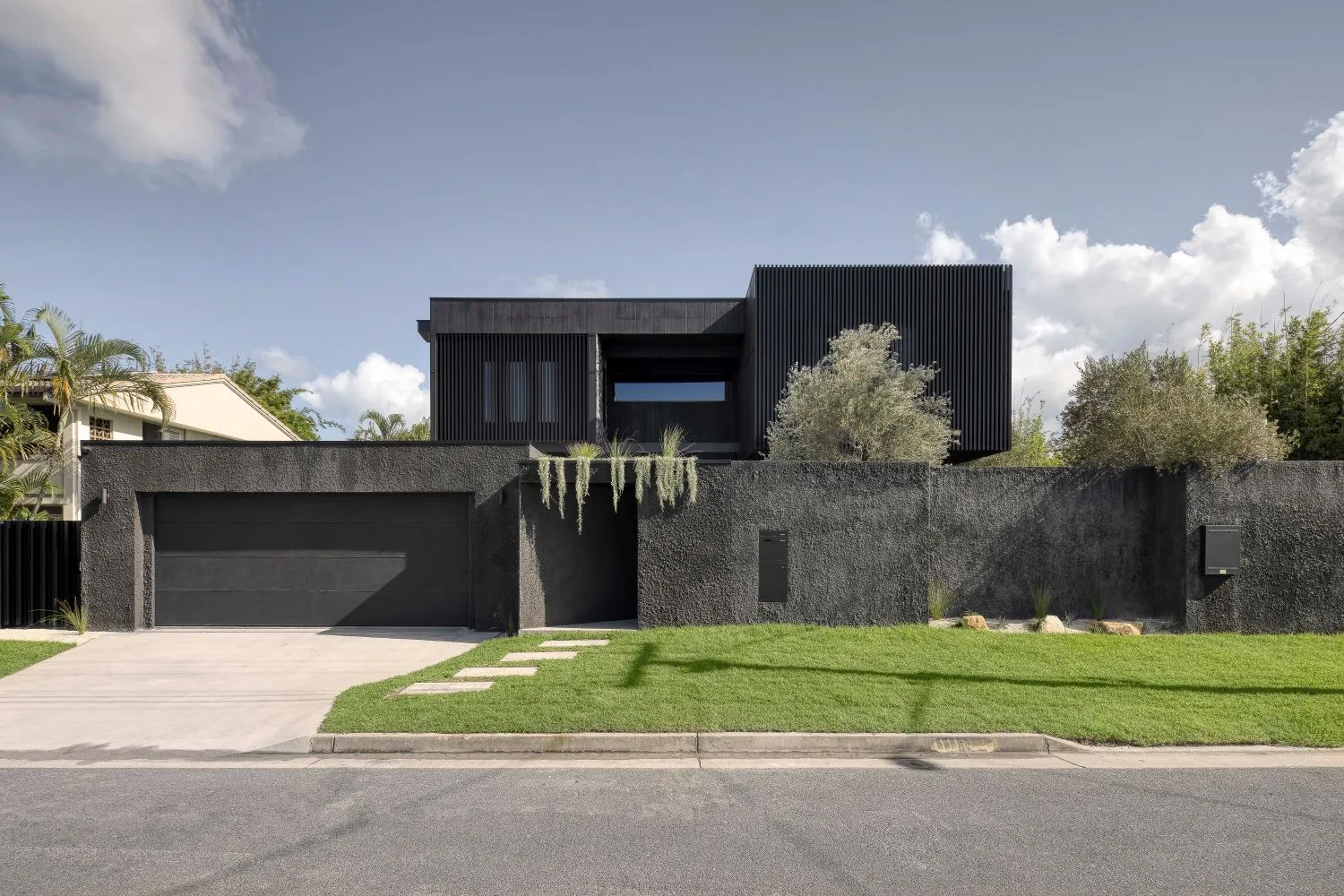 Image Credit: @carmichael.build | @kristian_van_der_beek
Image Credit: @carmichael.build | @kristian_van_der_beek
4. Scandinavian
Scandinavian style is about minimalism and simplicity. These homes take advantage of renewable resources like sustainable timber to create a rustic contemporary hybrid that looks at home by the beach or in a forest. These homes may look a tad out of place in the suburbs.
Façades using the Scandinavian style have a distinct pitched roof and understated doors and windows. The timber façade is either left natural or painted in a variety of colours. Use large, simple windows to maximise light and small, simple doors to maintain simplicity.
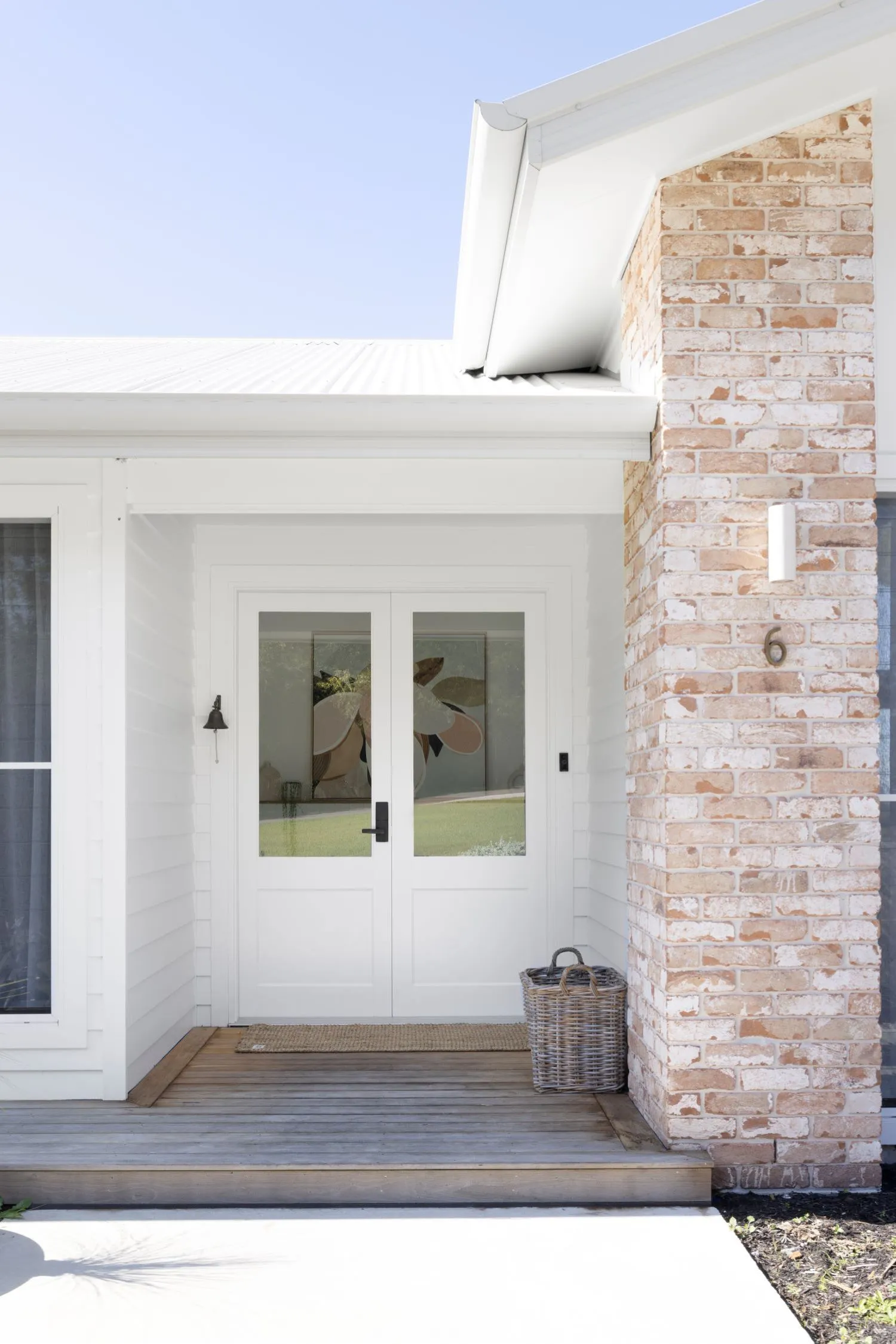 Image Credit: @mulberry_manor | Villa Styling
Image Credit: @mulberry_manor | Villa Styling
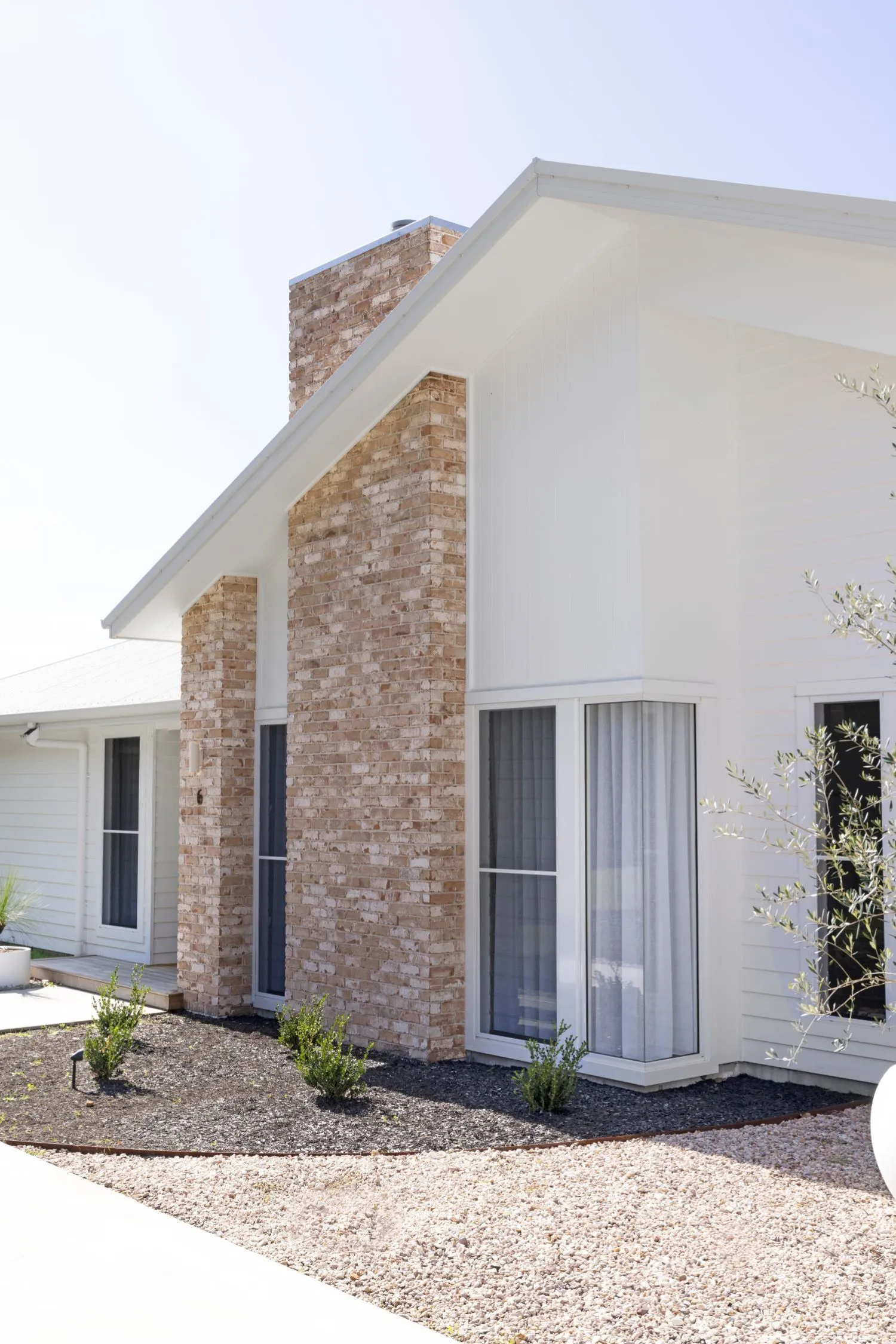 Image Credit: @mulberry_manor | Villa Styling
Image Credit: @mulberry_manor | Villa Styling
5. 19th-Century Cottage
Rustic and homely, the 19th-century cottage style brings old-world charm into the 21st century. 19th-century cottages tended to be built of wood or brick, have tin roofs, and large porches. The use of rustic materials is key to bringing the style together.
Use a light neutral colour palette for the wood panelling. Consider painting the front door and other features in an accent colour, such as deep blue to add contrast. Dark timber porches, and a stone or brick path to your front door complete the rustic look.

6. Industrial
Industrial façades bring together the old and the new. Using gorgeous bricks and metallic finishes, industrial-styled facades are perfect for those looking for a contemporary style. The key to this style is the combination of clean, modern materials with exposed brick or old wood.
Use a lot of exposed brick in red, brown, or cream. Match it with clean metal fencing and window frames. These modern materials should utilise the clean lines and shapes found in contemporary styles. Brick can add some old-world charm with archways and parapets. This contrast in architectural elements brings out the contemporary industrial style. We love the San Selmo Reclaimed Collection in Aged Red.
Feeling inspired? Design your dream façade with our mood board tool.


